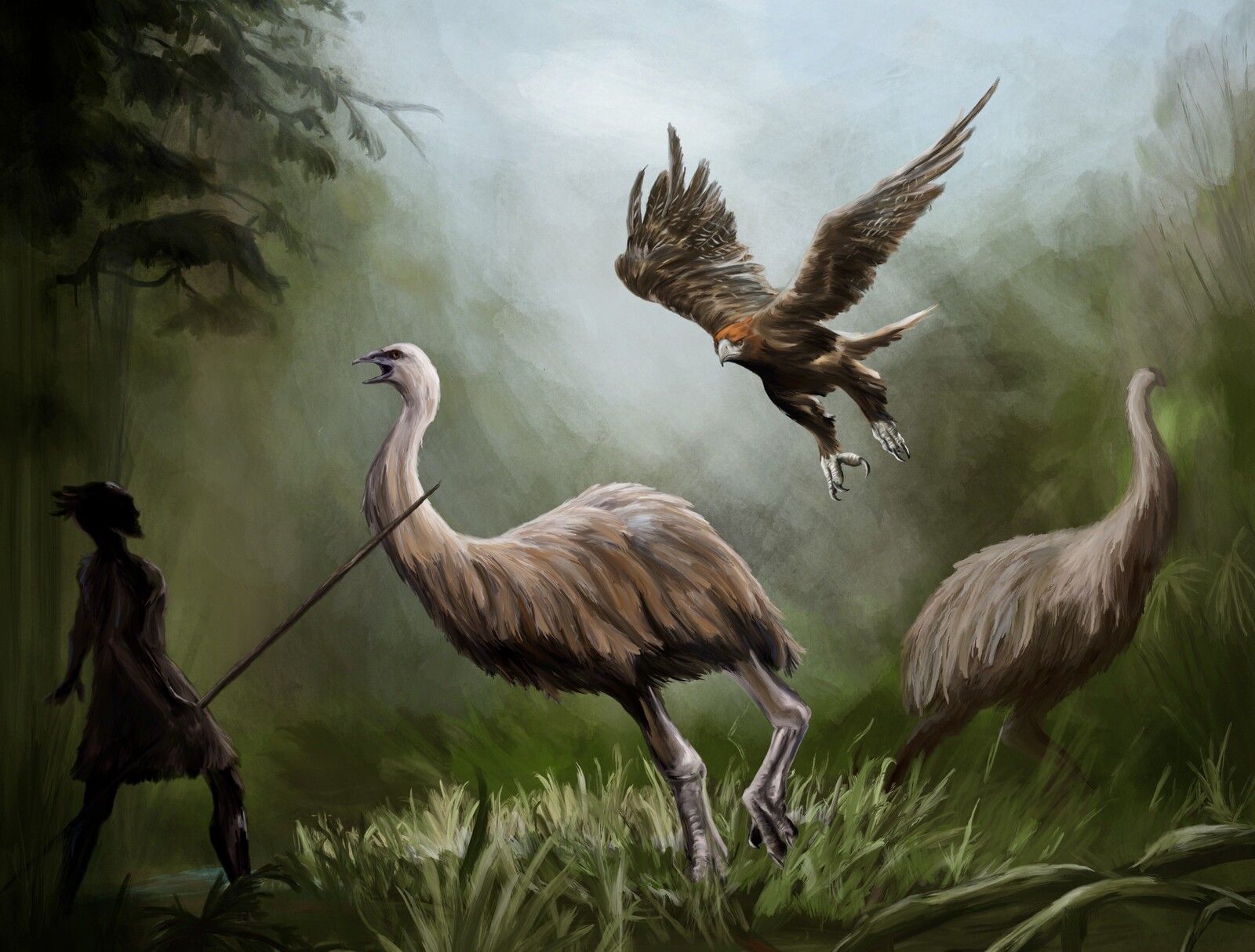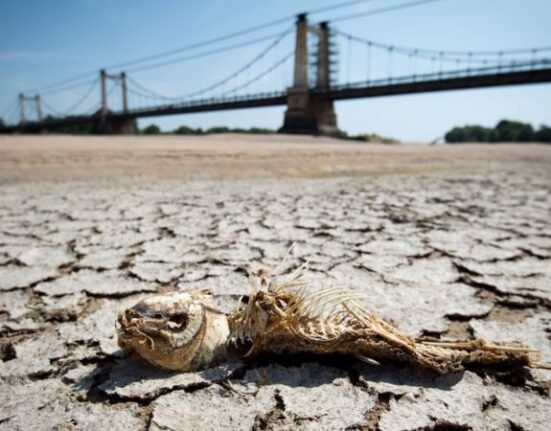In the world of cutting-edge biotechnology, one company is stirring up both excitement and skepticism with its audacious plan to bring back the colossal moa, a creature long vanished from Earth. Colossal Biosciences has made headlines by unveiling its bold strategy to “de-extinct
” the New Zealand moa, a bird that once roamed the lush forests of the island nation. This majestic avian species, known for its immense size and unique characteristics, has captured the imagination of scientists and nature enthusiasts alike.
The moa was not just any ordinary bird; it was a true giant among its feathered counterparts. Imagine a creature towering at heights of 3.6 meters and weighing up to a whopping 230 kilograms – truly a behemoth of the avian world. With nine distinct species ranging from the diminutive bush moa to the colossal South Island giant moa and North Island giant moa, these birds ruled the ancient landscapes of New Zealand with their impressive stature.
While Colossal’s endeavor may sound like something out of science fiction, it raises profound questions about humanity’s relationship with extinct species and our ability to reshape ecosystems using advanced genetic technologies. The concept of de-extinction has long been debated within scientific circles, with proponents touting it as a means to restore lost biodiversity and correct past environmental wrongs.
However, not everyone is convinced that resurrecting long-gone creatures is ethically sound or scientifically feasible. Critics argue that despite significant advancements in genetic engineering, certain challenges remain insurmountable when it comes to reviving ancient species like the moa. The intricate web of interactions between organisms in an ecosystem, combined with gaps in our understanding of extinct species’ behavior and biology, present formidable obstacles to successful de-extinction efforts.
As experts weigh in on Colossal’s ambitious project, Dr. Maria Sanchez, a renowned evolutionary biologist specializing in ancient DNA research, shares her insights on the feasibility of resurrecting the giant moa. She remarks, “
While the idea of bringing back extinct species may capture our imagination, we must approach such endeavors with caution and scientific rigor. De-extinction poses complex challenges that extend beyond genetic manipulation alone.
”
Dr. Sanchez emphasizes that reintroducing extinct species into modern environments could have unforeseen consequences for existing ecosystems, potentially disrupting delicate ecological balances and raising ethical concerns about playing “
nature’s creator.” The implications of resurrecting long-lost creatures go far beyond mere scientific curiosity; they touch upon fundamental questions about human responsibility towards Earth’s biodiversity.
Despite criticisms surrounding Colossal’s ambitions to de-extinct the giant moa, there remains an undeniable sense of wonder at the thought of witnessing these magnificent birds once again grace New Zealand’s skies. As debates continue over the practicality and ethics of de-extinction projects like this one, one thing is certain – our fascination with Earth’s lost wonders will always drive us to explore new frontiers in science and conservation.
In conclusion, while Colossal Biosciences’ plans may currently be deemed impossible by some skeptics within scientific circles due to numerous challenges associated with de-extinction efforts – including genetic complexities and ecological uncertainties – their vision underscores humanity’s enduring quest for knowledge and innovation in unlocking nature’s most intriguing mysteries.









Leave feedback about this